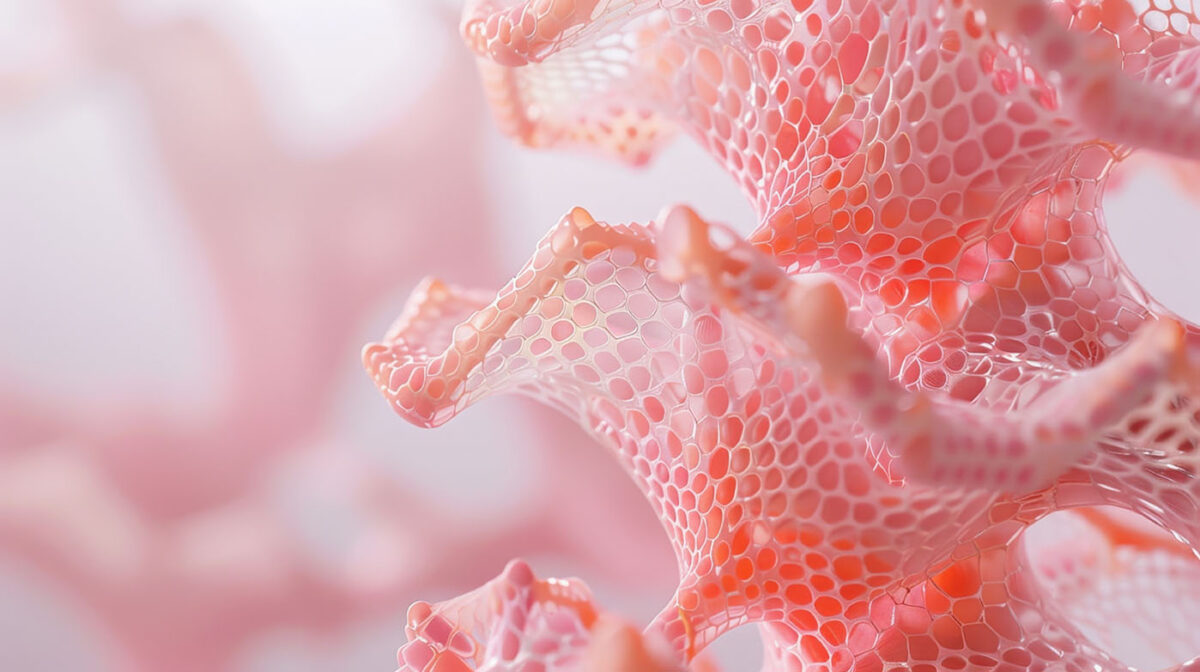Understanding Supramolecular Structures in Epoxy Oligomers

The editor’s choice for November 2024 in SPE’s Polymer Engineering & Science journal is Anatoly E. Chalykh’s article, “Supramolecular Structure of Epoxy Oligomers.”
Recent research by Anatoly E. Chalykh reveals the significant role of supramolecular structures within epoxy oligomers. These structures directly influence the properties of epoxy resins, essential for aerospace, electronics, and construction industries.
You can also read: Revolutionizing Materials: The Rise of Supramolecular Polymers
Supramolecular Organization
Epoxy oligomers form various supramolecular structures, such as clusters, domains, and microcrystallites. These structures arise from specific molecular features, including hydroxyl groups and polar oxirane cycles. Together, these properties encourage molecular associations that impact the resin’s macroscopic behavior. Additionally, these clusters contribute to durability, thermal stability, and adaptability in specific applications.
Stability Across Temperature Variations
Another key discovery relates to the thermodynamic stability of epoxy oligomer structures across temperature changes. Researchers observed that oligomers undergo dynamic structural shifts as temperatures increase. For instance, at higher temperatures, oligomers form “flickering clusters” of temporary free-volume spaces. This behavior allows epoxy materials to adjust under temperature fluctuations, a feature crucial for high-stress applications.
Phase Behavior and Tg
The phase behavior of epoxy oligomers varies with their molecular composition, impacting material performance significantly. Researchers found that aromatic and aliphatic epoxy oligomers display unique phase diagrams. The glass transition temperature (Tg) also varies with oligomer weight and structure, marking the shift from brittle to rubbery. For example, dian oligomers can be amorphous, in associated melts, or partially crystalline, allowing for fine-tuning in specific environments.
Research Methods and Future Potential
Chalykh’s team employed techniques like differential scanning calorimetry (DSC), X-ray diffraction, and dynamic light scattering to explore epoxy oligomer structures. These methods allowed for detailed observations of temperature-based structural changes, improving epoxy morphology insights. This work offers potential for enhancing resin formulation, paving the way for more resilient materials.
Towards Enhanced Applications
A comprehensive understanding of epoxy oligomer supramolecular structures is essential for advancing resin technology. As industries seek materials with specific mechanical and thermal properties, these molecular insights support the development of durable, high-performance applications. Further research will enhance material innovation to meet the complex demands of modern engineering and manufacturing.
To read the full article click here.
